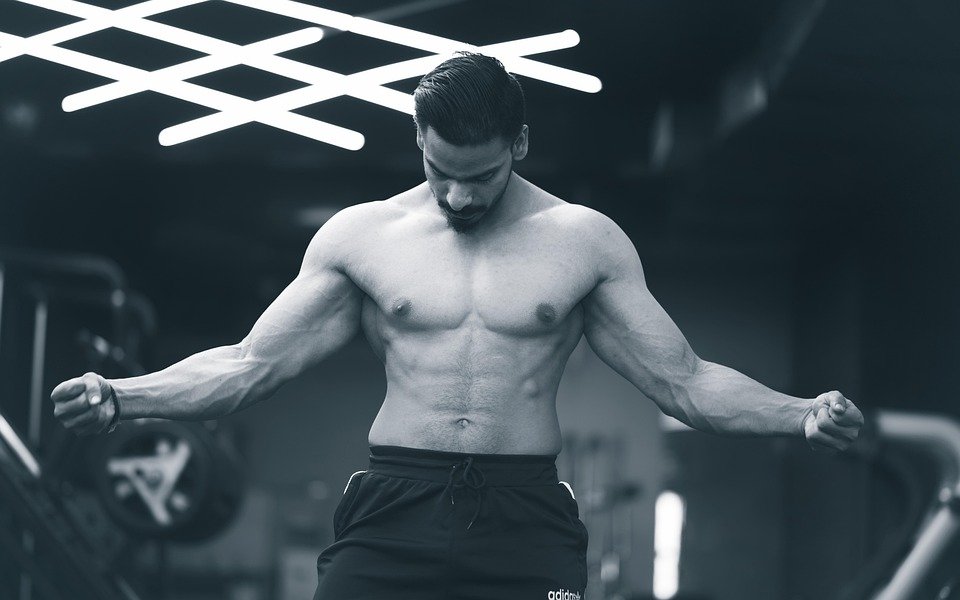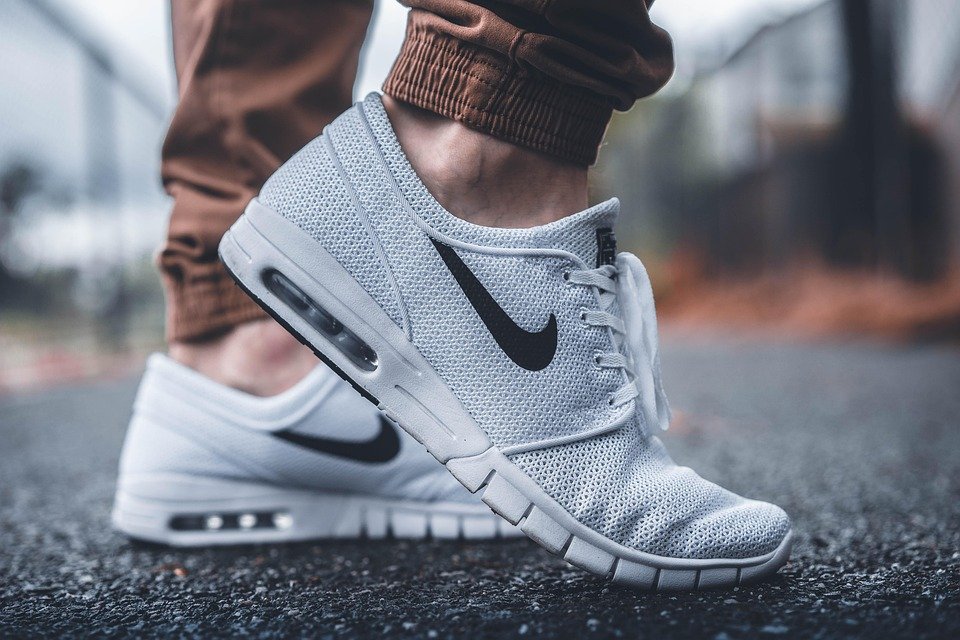Trail running pulls you away from the predictable and drops you into something far more alive. The ground shifts beneath your feet, the air feels cleaner, and every step asks for a little more attention. Hills rise unexpectedly, descents demand control, and winding paths keep you fully present. It’s a rhythm that changes minute to minute, and that’s what makes it so rewarding.
Unlike road running, trails invite you to move with the landscape instead of against it. You learn to read the terrain, adjust your stride, and find your footing in real time. The climbs build stamina, the descents refine your control, and the terrain itself teaches patience and efficiency. Each route becomes its own challenge, a blend of physical effort and mindful focus.
Trail running builds a different kind of fitness—one grounded in awareness, adaptability, and endurance that lasts. It strengthens your connection to movement and to nature simultaneously.
This guide walks you through everything you need to feel confident on the trails: how to prepare, how to structure your runs, and how to recover so you can keep improving with every mile.
Trail Running 101: Understanding the Demands
Trail running feels different from the first step. The terrain is uneven, the footing unpredictable, and every run takes on its own personality. Some trails roll gently through the woods, while others climb sharply before dropping into long, winding descents. That constant variety is what makes trail running so engaging. It demands attention, adaptability, and respect for the ground beneath you.
The trail teaches pacing in a way that no watch or treadmill ever could. You learn to measure effort by feel instead of speed. Steep climbs ask for patience, while flat stretches invite rhythm and flow. Downhills require control and trust in your footing. Each element blends into a workout that builds endurance, coordination, and focus all at once, often without you realizing it.
More than anything, trail running rewards awareness. You start to notice how your body reacts to different surfaces, how your breathing changes with elevation, and how rhythm and flow within your stride can make a technical section feel effortless. Over time, that awareness shapes better habits, a more refined form, and a stronger connection to the terrain itself.
Understanding these demands is the foundation of great trail running. Once you recognize how the trails challenge your body and sharpen your focus, you can prepare with purpose and structure.
How to Prep for Trail Runs
Every great trail run starts before your first step on the dirt. Proper preparation primes your body to handle uneven terrain, steep climbs, and sudden changes in direction. A smart warm-up not only reduces injury risk but also helps your stride feel smoother and more controlled once you hit the trail.
Step 1: Start with Dynamic Mobility
Begin by waking up your joints and loosening tight areas that can limit movement. Think of this as a full-body reset before the run. Focus on your hips, ankles, and thoracic spine since these areas take the most stress on the trails. Spend five to eight minutes cycling through moves like:
- Leg Swings: Forward and side-to-side to open up your hips.
- World’s Greatest Stretch: To mobilize your hips, hamstrings, and upper back.
- Ankle Circles and Calf Raises: To prep your lower legs for uneven footing.
- Torso Rotations: To improve upper-body mobility for smoother arm drive and balance.
Move slowly through each drill and aim to expand your range of motion with every repetition.
Step 2: Transition into Running-Specific Prep
Once your joints feel loose, it’s time to activate the muscles that stabilize and drive your stride. These drills should mimic the movements you’ll use on the trail while building rhythm and coordination.
Try this short activation series before every run:
- Forward Marching: 20–30 yards to groove proper posture, foot placement, and hip engagement.
- High Knees: 20–30 yards to reinforce quick turnover and strong hip drive.
- Butt Kicks: 20–30 yards to engage the hamstrings and improve leg recovery.
- Lateral Shuffles: 10–15 yards each direction to warm up stabilizers and prepare for side-to-side movement.
- A-Skips: 20–30 yards to connect timing, balance, and rhythm in your stride.
- POGOs (Ankle Hops): 10–15 seconds to build reactive strength in your calves and ankles.
Finish with a few stride-outs or light uphill accelerations, easing into your trail pace. These short bursts elevate your heart rate, prepare your legs for climbs, and help your body settle into efficient mechanics from the first mile.

The Best Types of Trail Running Workouts
Trail running rewards variety. Mixing different run types helps you develop the endurance, speed, and control needed to handle any terrain. The following workouts provide a comprehensive foundation for improved performance on the trails.
1. Hill Repeats
Level: Intermediate to Advanced
Purpose: Build climbing power, leg strength, and aerobic capacity.
How to Do It: Find a hill with a moderate incline that takes 30 to 90 seconds to climb at a challenging pace. After a complete warm-up, run uphill with an upright posture and strong arm drive. Focus on maintaining rhythm and form even as your legs fatigue. Walk or jog back down for recovery, then repeat 5 to 8 times.
Why It Works: Hills train your body to generate power with each stride while improving oxygen use and endurance. The climb builds strength and cardiovascular fitness, while the descent enhances balance and control. With consistency, hill work makes steep terrain feel smoother and more manageable.
2. Tempo Trail Runs
Level: Intermediate
Purpose: Improve endurance, pacing control, and sustained effort.
How to Do It: After a warmup, run at a steady, moderate-to-hard effort for 20 to 40 minutes. You should be breathing deeply while still being able to speak in short phrases. Maintain consistent effort across climbs, flats, and descents.
Why It Works: Tempo running raises your threshold for fatigue and teaches you to maintain form and rhythm over longer distances. On the trails, it trains you to manage effort by feel rather than speed, which is key for variable elevation and uneven terrain.
3. Fartlek Trail Sessions
Level: Beginner to Intermediate
Purpose: Boost speed, adaptability, and responsiveness to changing terrain.
How to Do It: Choose a rolling trail and alternate between fast and easy efforts. Use landmarks, such as trees or turns, to set intervals. For example, run hard for one minute, jog for two minutes, and repeat for 25 to 35 minutes.
Why It Works: The unpredictable pacing mirrors the real-world experience of trail running, where intensity constantly fluctuates. These sessions help you react quickly, accelerate smoothly, and recover faster between more strenuous efforts, making you more efficient over varied terrain.
4. Long Endurance Runs
Level: All Levels
Purpose: Build aerobic base, mental toughness, and energy efficiency.
How to Do It: Choose a route that takes 60 to 90 minutes at an easy, conversational pace. Focus on steady breathing and smooth movement through climbs and descents. Stay relaxed, fuel as needed, and maintain good form even as you fatigue.
Why It Works: Long runs strengthen your heart, lungs, and muscles for sustained effort. They also build the patience and pacing discipline needed for longer trail adventures. This is the best opportunity to test nutrition, hydration, and gear before race day or extended outings.
5. Downhill Control Runs
Level: Intermediate to Advanced
Purpose: Strengthen your legs and improve balance and coordination on descents.
How to Do It: Find a gradual downhill section and run it at a controlled, quick cadence. Maintain an athletic position with your feet positioned under your hips. Repeat 4 to 6 descents, walking or jogging back up for recovery.
Why It Works: Downhill running builds eccentric strength in your quads, which helps with braking and stability. Practicing descents reduces soreness, prevents overstriding, and gives you confidence to move smoothly and safely downhill.
How to Structure Your Week
Start with one or two of these workouts per week and build gradually. For example:
- Tuesday: Hill Repeats
- Thursday: Tempo Trail Run
- Weekend: Long Endurance Run
As your fitness improves, incorporate fartlek or downhill sessions to refine your speed and coordination. The goal is steady, sustainable progress that builds confidence and strength over time.
Why Rucking Can Be a Solid Starting Point for Trail Strength
If you’re not quite ready to run, start with rucking. It’s a simple yet powerful way to build endurance and leg strength without the impact of running. Grab a backpack or weighted vest, load it with 10 to 20 percent of your body weight, and walk your local trails for 30 to 60 minutes.
Rucking strengthens the same muscles used in trail running while training your posture, balance, and aerobic system. It’s also an effective conditioning tool for recovery days or as a stepping stone toward your first trail run.

Fueling and Hydration on the Trails
Trail running often lasts longer and demands more energy than road running. Steeper climbs, technical footing, and changing weather conditions all drain your reserves faster than expected. Learning how to fuel and hydrate while on the move keeps your energy steady and your mind sharp from start to finish.
Hydration: Drink Early, Drink Often
Once you’re thirsty, you’re already behind. Start hydrating before you run, then sip regularly throughout your run. A good rule of thumb is about 4 to 6 ounces of fluid every 20 minutes, depending on temperature and effort.
If your run lasts longer than an hour, consider including electrolytes to replenish sodium, potassium, and magnesium lost through sweat. These minerals help prevent cramping and maintain muscle function, particularly on long climbs or in hot conditions. Handheld bottles, soft flasks, or hydration vests work well for carrying fluids on the trail.
Fueling: Feed the Effort
For runs under 60 minutes, water and electrolytes usually suffice. Beyond that, your body needs carbohydrates to sustain energy and delay fatigue. Aim for 30 to 60 grams of carbs per hour, which can be obtained from gels, chews, or small bites of real food, such as dates or dried fruit.
Start fueling early, around the 30-minute mark, and maintain a steady intake instead of waiting until you feel drained. Experiment during training to find what works best for your stomach and the specific demands of your trail routes.
Post-Run
Recovery starts as soon as you finish. Rehydrate with water or an electrolyte drink, and eat a balanced snack that includes both carbohydrates and protein. A fruit smoothie, chocolate milk, or a small meal within 30 minutes helps replenish glycogen and repair muscle tissue.
Recovery and Mobility for Trail Runners
The terrain challenges your body in ways that few workouts can match. Every climb, descent, and sharp turn adds stress to your muscles and joints. Recovery is the process of adapting to stress and coming back stronger for the next run. Skipping it only leads to tightness, fatigue, and eventually, injury.
Post-Run Reset
Start recovery immediately after your run. Walk for five to ten minutes to lower your heart rate and release any lingering tension in your legs. Then, use gentle stretching or foam rolling to release the calves, quads, and hips. Focus on the areas that absorbed the most impact, especially after long runs or steep descents.
If you prefer structure, this simple cooldown sequence works well:
- Walking: 5 to 10 minutes
- Standing Quad Stretch: 30 seconds per leg
- Hamstring Sweeps: 30 seconds per leg
- Kneeling Hip Flexor Stretch: 30 seconds per side
- Calf Stretch: 30 seconds per leg
- Side Bends: 30 seconds per side
These short sessions help maintain range of motion and reduce stiffness without overdoing it.
Mobility for Longevity
Trail running rewards athletes who move well. Adding a few minutes of mobility on non-running days keeps your stride smooth and your joints healthy. Focus on your ankles, hips, and thoracic spine, since these areas take the most load and rotation on the trails.
Try this short sequence two to three times per week:
- 90/90 Hip Rotations: 8 to 10 reps per side
- Cat-Cow or Thread-the-Needle: 6 to 8 reps to loosen the upper back
- Deep Squat Holds: 30 to 45 seconds to open the hips and ankles
- Ankle Rocks: 10 reps per side to improve flexibility and control
Even a few minutes of consistent mobility work adds up to better performance, smoother stride mechanics, and fewer nagging aches after long runs.
Fuel, Rest, and Rebuild
Recovery also happens outside of movement. Refuel within 30 minutes after your run with a combination of carbohydrates and protein to replenish energy and repair muscle tissue. Stay hydrated throughout the day, especially if you’ve been running in hot or high-elevation conditions.
Sleep remains the most effective recovery tool you have. Aim for seven to nine hours of sleep per night and adjust your training intensity if fatigue begins to build. The best runners treat recovery as an integral part of their plan, not an afterthought.
This post is brought to you by: Source link
The Ultimate Trail Running Guide: How to Train Smart, Stay Safe, and Dominate Trails, 2025-10-22 12:19:00














